
Lightning interface
One of the most noticeable changes after the release of the iPhone 7 was the cancellation of the 3.5mm headphone jack. Yesterday, Lei Feng net hard to open class was fortunate to invite two industry players in the field of digital audio, their views on this matter, and many users launched a dry cargo sharing activities.
 Guest introduction 
Why Tianyang on the left and Chen Xiaoliang on the right?
He Tianyang is the founder and CEO of BESOUND Headphones. BESOUND is one of the earliest companies in China that are engaged in the research and development of Lightning audio products.
Xiaoliang Chen, Ph.D., was a former associate researcher in the Acoustics Laboratory of the Institute of Acoustics, Chinese Academy of Sciences. He is currently the founder and CEO of Sonic Technologies, a provider of artificial intelligence and acoustic solutions.
 Lightning advantages over traditional headphone jacksHe Tianyang first spoke, he believes that the main reason for the iPhone 7 to cancel the 3.5mm interface is the following three points.
1. In the mobile phone with the high cost of land, the 3.5mm interface module is extremely large, which seriously hinders the further development of the mobile phone industry design.
2. From the structure of the mobile phone, traditional interfaces such as 3.5mm are bulky, deep stroke, and poor waterproof function.
3. Lightning interface is advanced in design, it can transmit complete digital audio, and it can be customized. It can be expanded in the future with rich functions.
Regarding the third point, Chen Xiaoliang made supplementary explanations in the following two aspects.
First of all, 3.5mm interface is the main interface of the simulation era, which requires the use of mobile phone built-in chip to do DA conversion (digital-analog conversion), this time the sound is mainly determined by the phone's built-in Codec, the external headset is just an accessory, can not be done Any extension. The Lightning interface is equivalent to the Codec external, so that different headphones have room for audio expansion, giving the future headset industry a huge imagination.
The second is power supply support. Although 3.5mm can output a voltage of less than 2V, since the current is weak, there is almost no output power, and basically no external device is used. This limits the development of noise-reducing headphones and smart headsets, because they need to bring their own batteries, but also need to carry out additional charging, resulting in poor user experience, users actually very much do not like always charging electronic devices.

Traditional noise reduction headphones with battery module
In addition, two big cattle have said: The cancellation of the 3.5mm interface is actually brought opportunities for the headset industry. Headphones are no longer simple accessories and will evolve into true wearable devices.
He Tianyang stated that in fact, similar products have appeared on the market. For example, Enter Technology has the following smart eyewear product that can measure brainwaves to provide the most suitable hypnotic music.
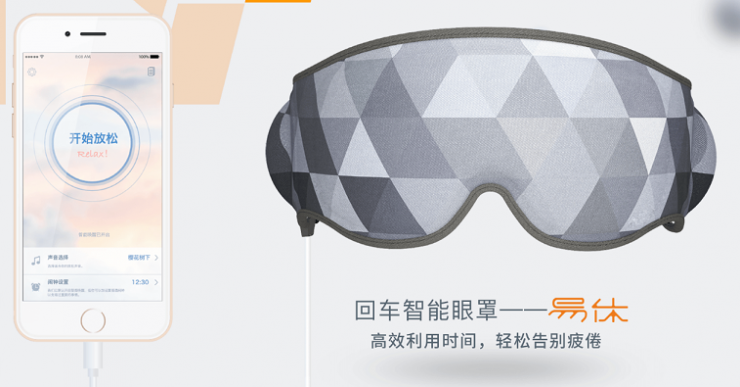
Wearables that already use the Lightning interface
 Lightning replaces 3.5mm interface may have an impact on the industryChen Xiaoliang said that the cancellation of Apple's 3.5mm interface will definitely result in an industry-wide reshuffle. For the relatively passive traditional headset manufacturers, the first wave of growth will surely be Apple's suppliers. And because of the audio digitization of the Android device, the USB-C audio chip will also benefit. In the meantime, Bluetooth vendors such as CSR will also be suppressed.
He Tianyang supplemented Apple's suppliers. He said that genuine Apple accessories can only be supplied by MFI manufacturers that have been audited by the Apple factory. The concept of MFI may not be particularly familiar in our country. After all, we are spoiled by omnipotent cottage manufacturers and can always buy particularly cheap pirated Lightning cables. In foreign countries, all Apple accessories are almost genuine, that is, produced through the MFI certification system.
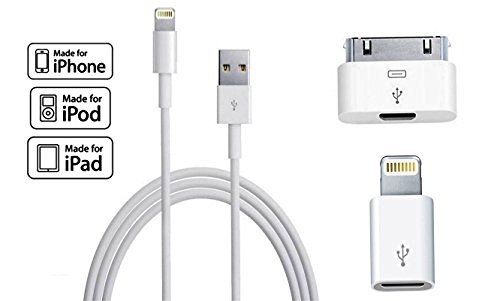
MFI certification
This applies to the Lightning interface as well. Because Lightning Audio is at the intersection of three fields: digital audio, iPhone's unique protocol platform and acoustics, plus the strict standards of Apple's MFI system, this stacks up to form a pretty big barrier to entry. With strong research and development capabilities, MFI-qualified acoustic manufacturers are themselves the most advantageous in this field, such as Goer. However, the number of manufacturers in this sector is still in the minority, and it will only serve big brands.
Most of the major products of MFI manufacturers are mainly Cable, and do not have audio R&D and acoustic related capabilities. At the same time, most small and medium-sized earphone manufacturers do not have the ability to research and develop digital audio. Even MFI qualifications are not available. Everyone in this industry is “missing a little bitâ€, and it is particularly suitable for technical solution providers to make up for the lack of R&D in each industry and quickly advance the development of the industry.
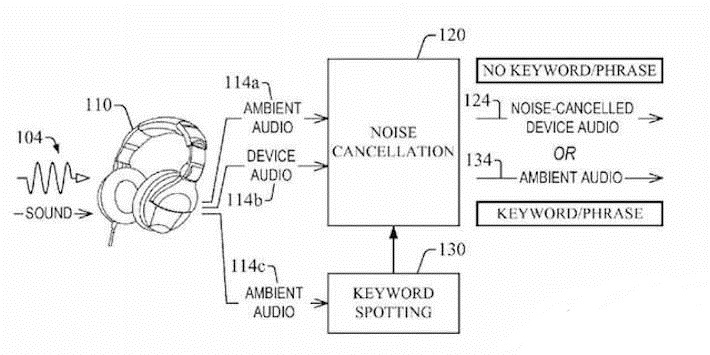
Amazon applied for earphone noise reduction patent
For this, Chen Xiaoliang said that at present international manufacturers have also introduced relevant solutions, such as Conexant’s initiative to support USB-C headsets, and Amazon has recently applied for a noise reduction headset. Patents.
 Existing Problems and Improvements in Lightning and USB-C InterfacesThe first is Lightning's durability problem. He Tianyang broke the news that: Apple actually cares about this matter, and even at the end of July also urgently released developer documentation updates, clearly stipulating how to use silica gel to enhance the solidity of Lightning head.
Chen Xiaoliang believes that compared to 3.5mm interface wear resistance and stability is still better, so professional audio equipment will continue to use this cylindrical interface, such as the mixer's three core interface. But don't worry too much about devices that are so frequently updated.
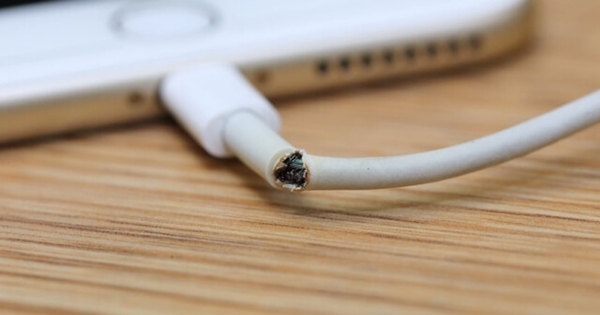
Insufficient intensity of Lightning
Second, compared to the traditional 3.5mm headphone jack, the tail end of the Lightning interface is still too large. However, He Tianyang explained: This is because the Lightning connector integrates a complete handset handshake chip, USB Controller and Codec and other modules, which are already highly integrated with the mobile phone motherboard.
Finally, in terms of reliability, the connectors of Lightning and USB-C are both wide and thin, and their strength is far from the cylindrical height of 3.5mm. They are easily damaged by pockets or backpacks, and the sockets are more prone to poor contact. In this regard, He Tianyang said: Indeed, this is really a relationship between fish and paws. The 3.5mm analog structure is naturally simple and reliable. Lightning is an all-digital structure with complex internal components.

Lightning internal structure
Regarding the way to improve in the future, the two big cows think that there will be no change in Lightning hardware specifications, which was set several years ago. The same is true for USB-C, and currently the USB IF Association has also been updating Protocal and enhancing cooperation compatibility. For example, Intel recently announced that Thunderbolt will use USB-C, and HDMI has just announced that it is compatible with USB-C. However, in addition to hardware, Lightning and USB-C have room for optimization on chip technology and protocol specifications.
In addition to the above main content, the two big cattle also prepared some extra dry goods for the open class partners.
1. About USB-C standard.
He Tianyang said: The reality of USB-C audio is slightly more complicated than Lightning. Lightning is a pure digital interface without analog output, while USB-C can actually output analog audio directly in Alt Mode. For example, music as the mobile phone adapter do not know if you have no attention, is an example of a pure analog output.
Chen Xiaoliang said: At present, the USB Association has not issued a unified standard for USB-C to achieve digital audio, but including Intel, LeTV, Huawei and Goerre Acoustics, as well as some international mainstream mobile phone manufacturers, have been promoting this matter. . In fact, this has always been the pain point of the Android camp. Apple's family can standardize and Android is always messy.
2. About Bluetooth bandwidth.
There has always been a voice in the industry: The current Bluetooth standard bandwidth is not enough to transmit high-fidelity music.
In this regard, Chen Xiaoliang believes that: Bluetooth transmission bandwidth has been improving, and now the low-power Bluetooth 4.1 standard can theoretically achieve 1-3MBps transmission rate, 4.2 and 5.0 versions will be even higher, remove the auxiliary transmission loss, high transmission Quality stereo music is actually no problem. However, because loss control is not good, using Bluetooth to transmit lossless music is not the best solution.
3. Market analysis of the headset industry.

Various headset sales amount
In 2013, the global sales volume of wired headsets reached 1.35 billion, of which the sales volume of mobile phone headsets was approximately 1.17 billion, and the sales volume of headsets used in other industries was 180 million. The total market size of global wired headsets exceeds US$10 billion, of which high-fidelity stereo high-end headsets account for more than 50% of sales and are valued at more than US$5 billion.
In 2013, global sales of Bluetooth headsets were approximately 500 million, and the market size could reach US$10 billion. In addition to other portable audio products, the world’s consumer electro-acoustic products have sold nearly 2 billion, and the market size has exceeded US$20 billion.
According to the data of Jingdong Mall, the sales of audio equipment have continuously increased since 2008. In 2015, the sales growth rate reached 54%, and the total domestic output value reached 280.8 billion yuan. In 2016, the audio equipment market continued to soar, with headsets and speakers each accounting for about 40% of the market.
4. Other dry goods.
Regarding Apple's transitional product after canceling the 3.5mm headphone jack, He Tianyang stated that: Apple also knows that at least in the short term, people may be reluctant to use expensive 3.5mm headphones, so it is also very supportive of the development of lightning-3.5mm switching products. However, it is also stipulated in the development documentation that all Apple-certified adapter products must support microphone calls.
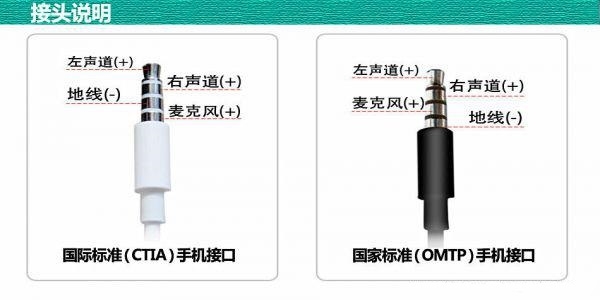
Different standard 3.5mm traditional headphone jacks
On the microphone and 3.5mm interface standards, Chen Xiaoliang made the following additions: There are actually two standards for the 3.5mm interface, resulting in many headsets with mic that cannot be used on mobile phones of different manufacturers. As shown in the figure, it is subdivided into two standards: OMTP and CTIA. The OMTP standard is usually called the national standard, and CTIA is called the international standard. The difference between the two is that the order of the ground and microphone lines in the last two sections of the earphone plug is reversed. Note that these two standards should not be intermixed on mobile phones as much as possible. The insertion of CTIA headsets into OMTP devices will result in small volume and distortion.
The two big cows agreed that the audio solutions on the mobile phone side will definitely be digital audio represented by Lightning and USB-C. These two standards will rely on the unique flexibility and scalability of digital systems for our future. Smart living brings a richer experience.
Finally, on topics such as AI, VR, drones, and drones that are hottest nowadays, Lei Feng.com (search for “Lei Feng Net†public number concerns) has created a hard-to-get open class. Welcome everyone's attention and participation! ( previous content, please poke the link  )
Related Reading:
How does the iPhone 7 cancel the 3.5mm interface affect the headset industry?
Maybe, soon you will forget that the iPhone used to have an interface called 3.5mm headphone port
iPhone 7 Audio Revolution: Will Lightning Really Replace 3.5mm Audio Interfaces?
The handheld addresser is used to program the address of the monitoring module offline. When in use, connect the two output wires of the handheld encoder to the communication bus terminal (terminal label 1, 2) of the monitoring module, turn on the black power switch on the right side upwards, and press "ten Add", [Subtract ten", [Add one place" and [Subtract one place" to program the address.
Position Encoder,Magnetic Rotary Encoder,Hybrid Encoder,Channel Encoder
Changchun Guangxing Sensing Technology Co.LTD , https://www.gx-encoder.com